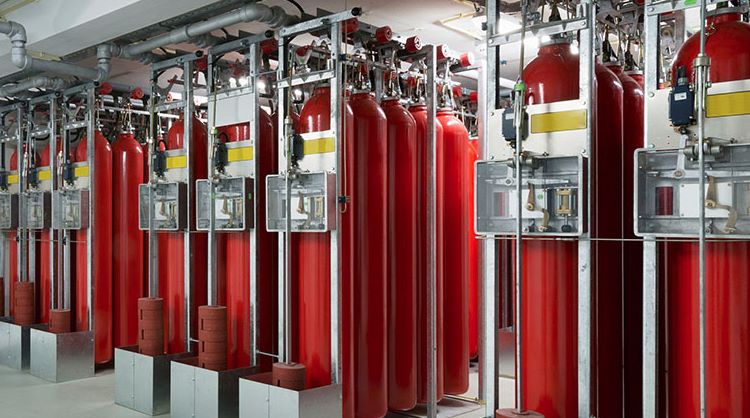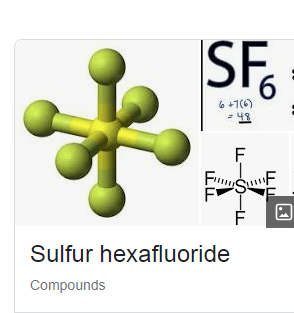
Fire & Gas System
• The Fire and Gas system (FGC) is designed to provide early warning and location of fires, flammable gas leakage, and toxic gas.
• The system includes detectors such as manual call points, fire detectors, or toxic gas detectors, which interface with the Fire & Gas control panel (F&GCP) through detector interface modules.
• The F&GCP acts on information from a 'voting' system, providing electrical isolation between the plant and F&GCP and power for operation.
• Protected plants are typically divided into fire areas with their own detection, alarm, control, and extinguishing systems.
• The type of a Fire & Gas control panel and associated detectors/outputs depends on the type of controller it self.
• Manual call points initiate visual and audible warnings in the plant, while automatic alarm call points are installed at strategic locations within process areas or buildings.
• Smoke detectors are essential in confined areas where smoke can be easily detected.
• Ionization smoke detectors are sensitive to visible and invisible smoke particles produced during the incipient stages of a developing fire.
• The detector is typically connected to a central control unit providing a two wire monitored supply of between 17 volts and 28 volts d.c.
• Photoelectric "optical" smoke detectors consist of a detector head and base, with the head being a solid-state device with a high reliability light sensor and pulse signal processor (LED).




